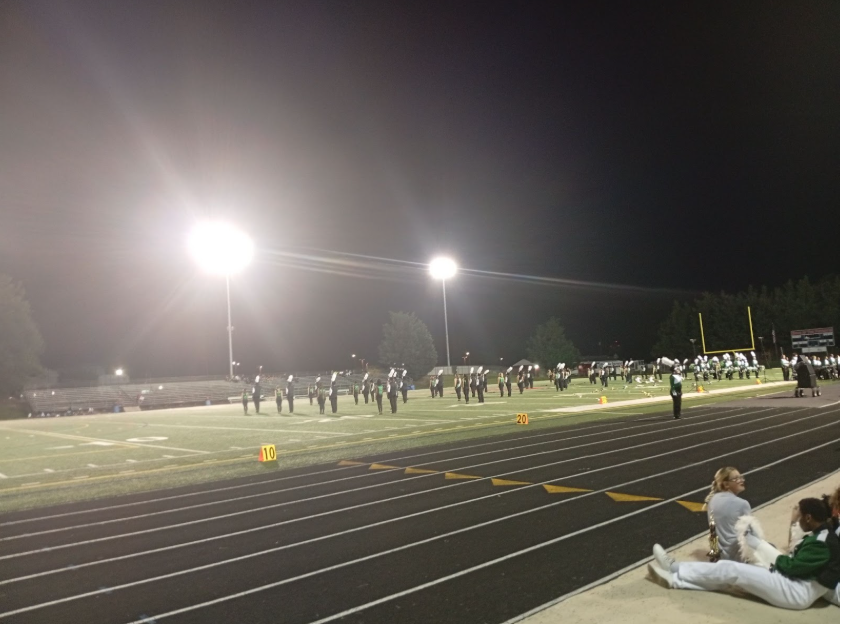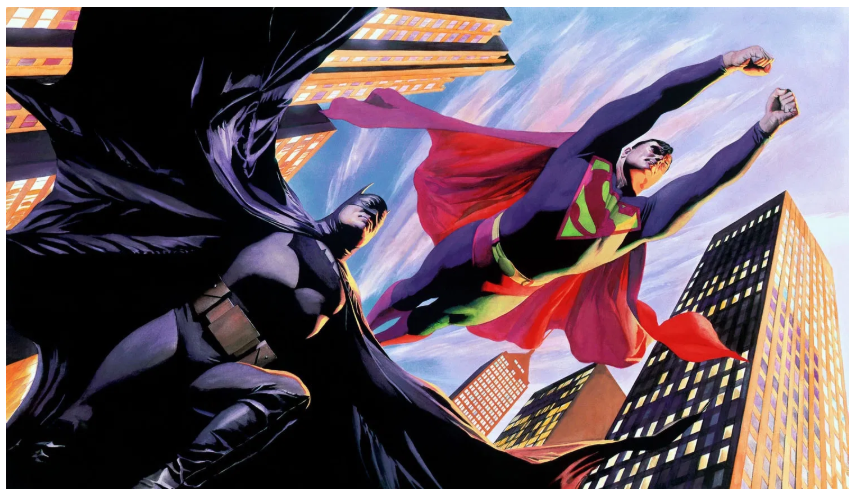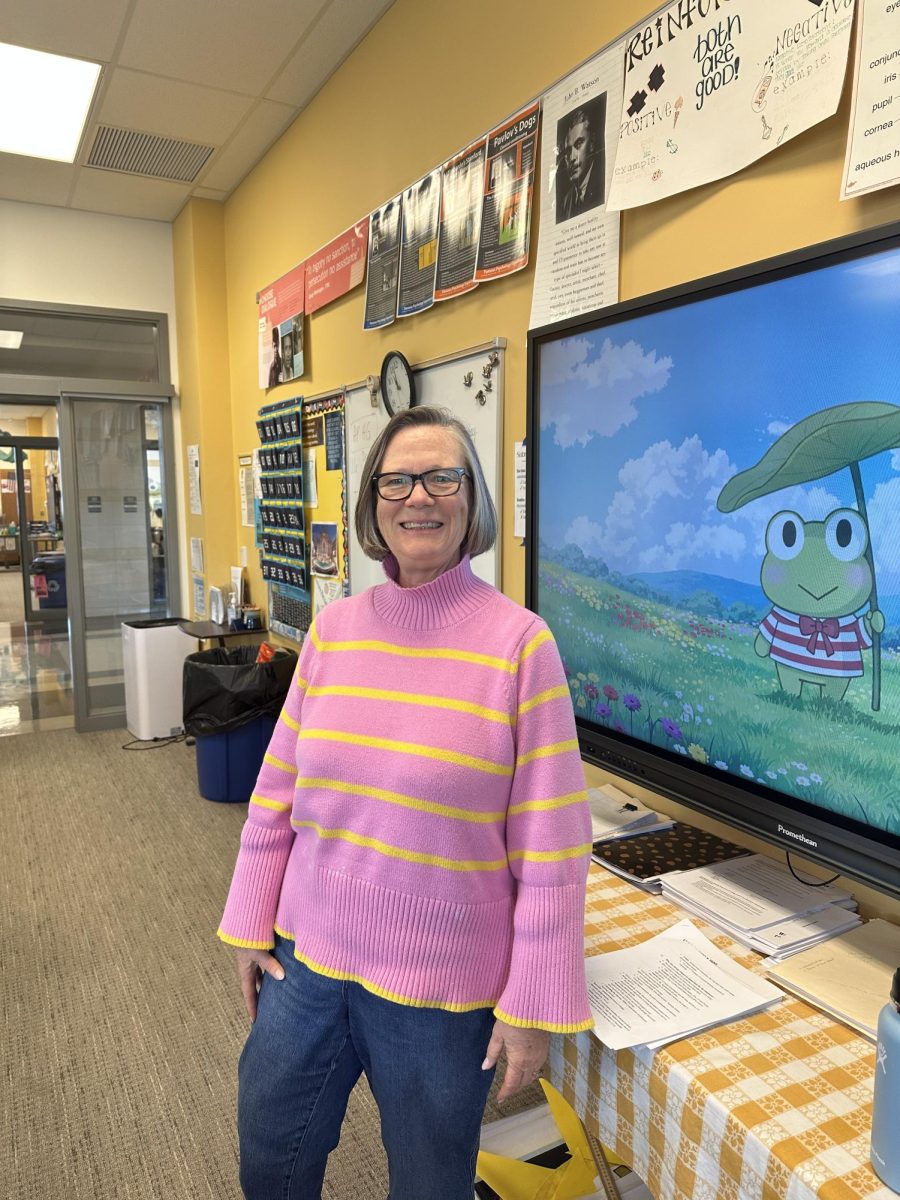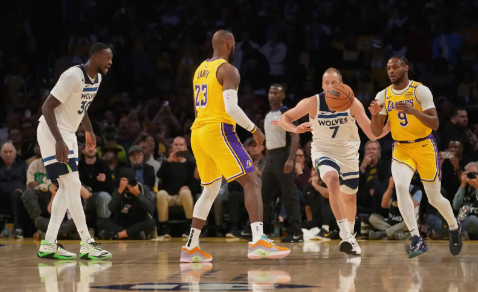Early Illustration
According to the early illustrations in Wikipedia, the history of comics has been through different paths of time and place, such as the main being Egypt and Rome with hieroglyphics. They used pictures to tell stories and information. There are more ancient tribes who used pictures, such as the Mayans to explain their worship to the gods, and Christians, who used manuscripts to explain things.
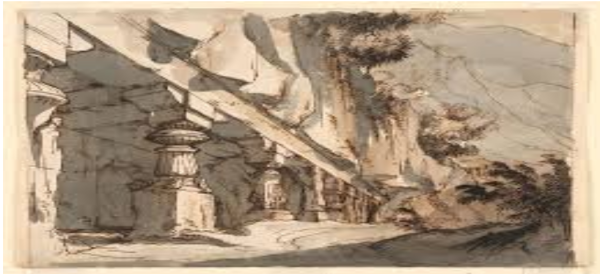
Then in the medieval times, they would paint sequential pictures of the same scene from the bible. Also, in ancient India, they would use puppets to tell stories, a style of storytelling very similar to comics.
Early Printing
According to the section on printing in the old times, early printed illustration focused on religious subjects, with rough draft illustrated versions of the Bible as a widely distributed item for people that combined many images with text in order to bring the teachings of Christianity to the illiterate.
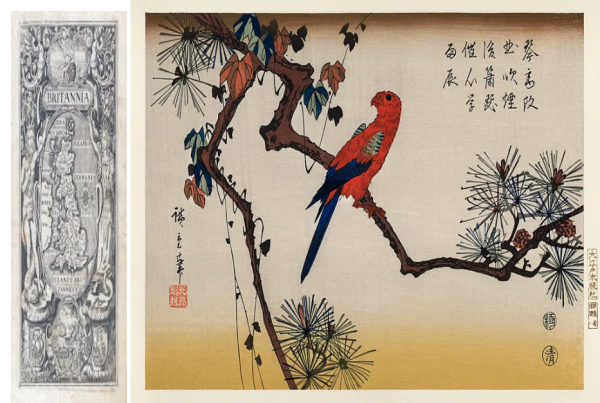
The speech bubble has also evolved over the centuries, from the old-timey origins of the a label, usually in the form of a scroll, which signifies a character either through naming them, to using a small text to explain their purpose.
Modern Comics
In the early 1920-30s section in Wikipedia, comic industries experienced further surprises. The most popular place for comics was Britain. Most of the comics or rather called ”strips” were related to children. A more bestselling market for comic books soon followed. The first modern American comic book, called the Famous Funnies, was released in the U.S. in 1933, and by that time, publishers were printing original material into more new formats.
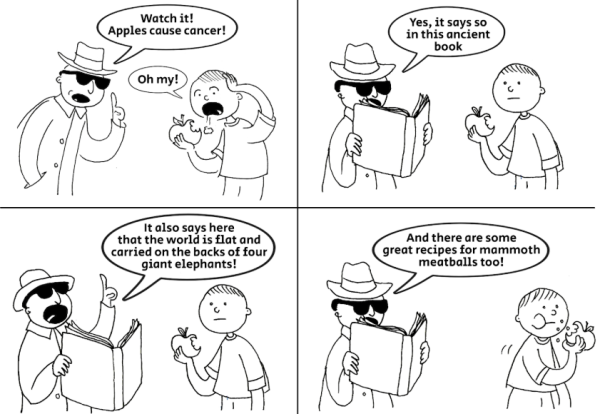
It was at this point that Action Comics first launched with their first hero, Superman, as the cover feature. The popularity for the character quickly raised ideas for superhero comics as the defining comic genres of American comic books, like Batman, or Marvel characters. The genre lost popularity in the 1950s, but has regained its throne in the entertainment industry from the 1960s until the late 20th century.
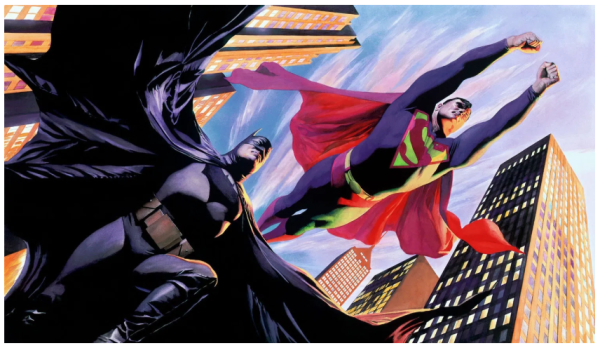
With these words, I’d like to end this article with a thank you. Stay tuned for some more cool stories and check out more cool information on this wikipedia page.
